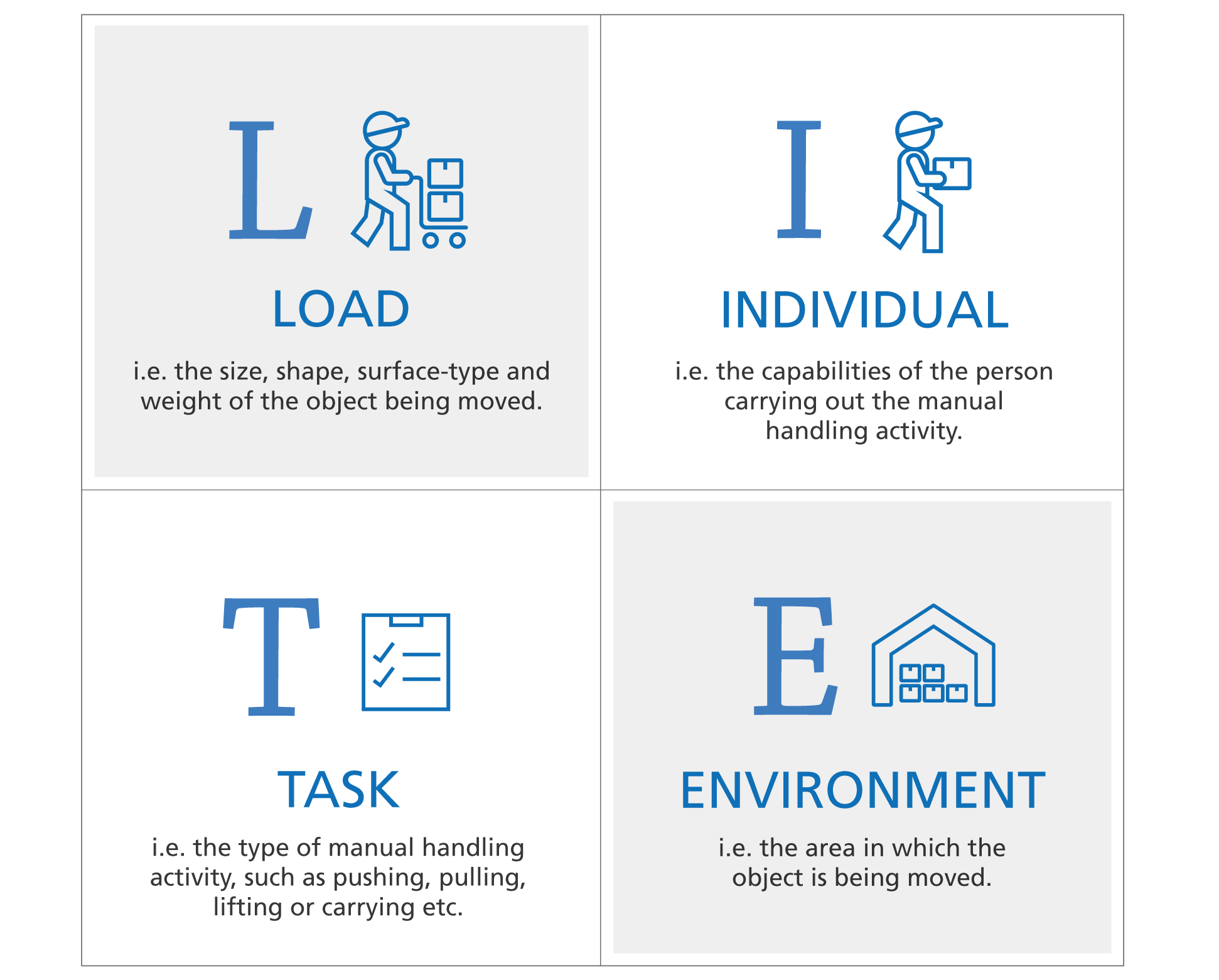Risk Assessment Manual Handling Hse
TILE is an acronym that aims to help you carry out a manual handling risk assessment. TILE prompts you to consider each essential area of the activity in order to improve health and safety. In terms of manual handling, the TILE acronym stands for Task, Individual, Load, and Environment: T – Task. Factors Contributing to Safer Handling. Management commitment to safer manual handling in the workplace. System for reporting and investigating incidents and near misses. Guidance on the Management of Manual Handling in Healthcare. Ergonomic risk assessment. Ergonomic approach in.

Manual handling risk assessments are essential part of your safety management programme. Most companies provide manual handling training as the principal method of reducing risk of back injuries in the work place.
Chuck D Autobiography Of Mistachuck Rar File. Exhaustive research has shown that manual handling training alone is not sufficient to reduce the risk of injury; in fact statistics show that the incidence of back injuries has not changed much of the last 30 years. However, when we take the approach of conducting manual handling risk assessments before we even consider training, we can actually change the workplace and workplace activities so that they are ergonomically designed. If we can change the workplace and the load the inherent risk of back injury in the workplace can be reduced way before you even consider manual handling training.
Droidjack 4 0 Cracked Ribs. Guardian Safety is one of Ireland’s leading experts in conducting handling risk assessments. We have carried out manual handling risk assessments for local and international companies who have indicated that the manual handling training has had very little effect on reducing the incidence of back injury in the workplace. Our approach to manual handling risk assessments is to review current activities, speak to employees, identify the hazards which could have the a potential to harm an employee or increased likelihood of them suffering from a manual handling injury in the future, we then assessed the risk likelihood of those activities resulting in injury to employees. If there is a risk of injury we implement the principles of prevention. Our 1 st step is to look at eliminating the need to carry out manual handling activities, if this is not possible, we will try to reduce the risk of injuries by looking at the ergonomics in relation to the workstation, we will consider reducing the size of loads or even increasing the size of the Lord so that it cannot be lifted, we will look at the provision of suitable mechanical aids and will also consider rearranging workplace layouts.



